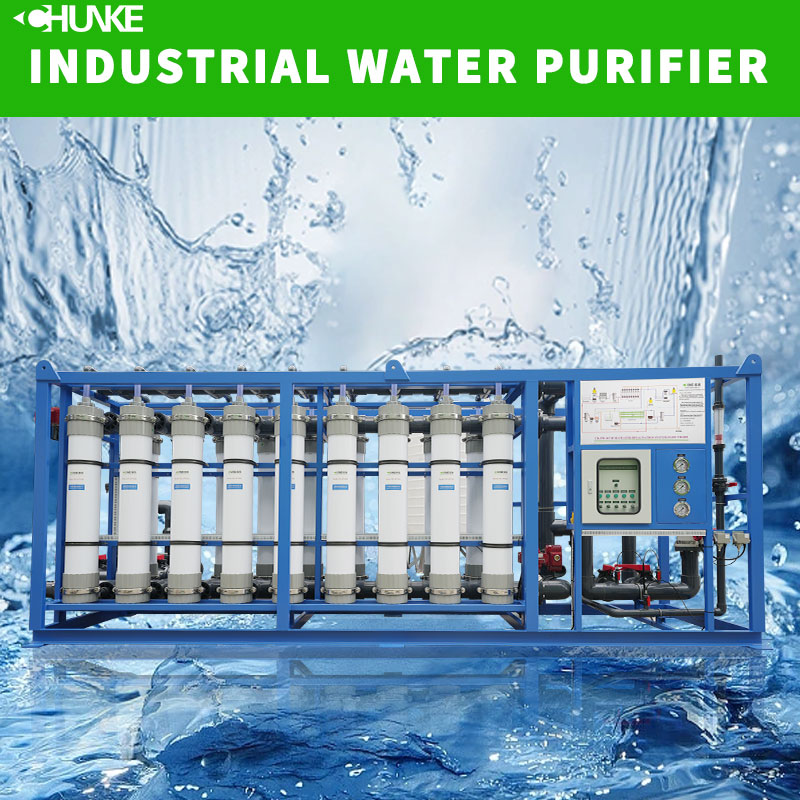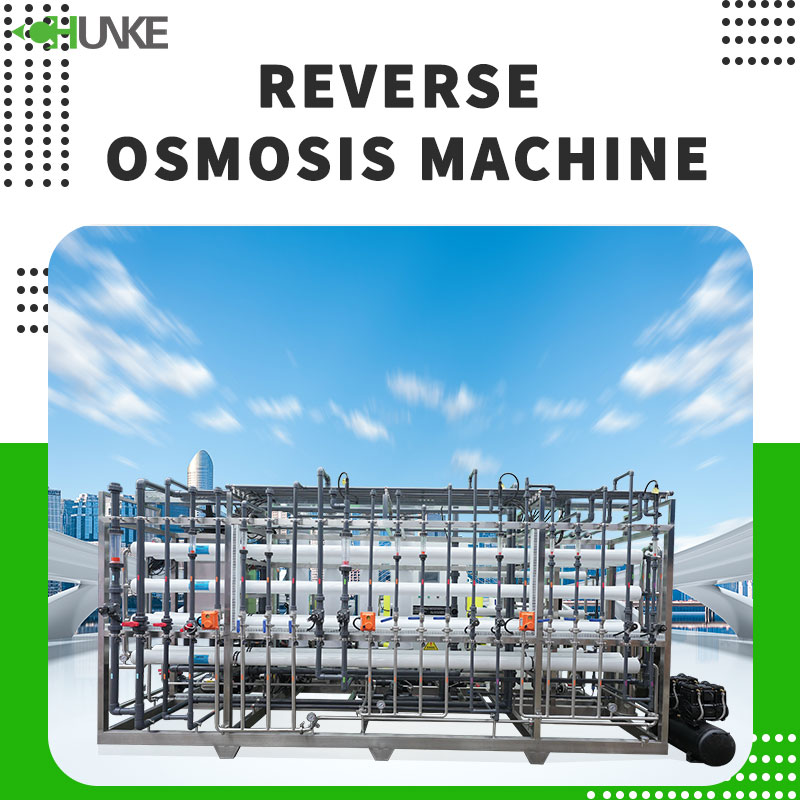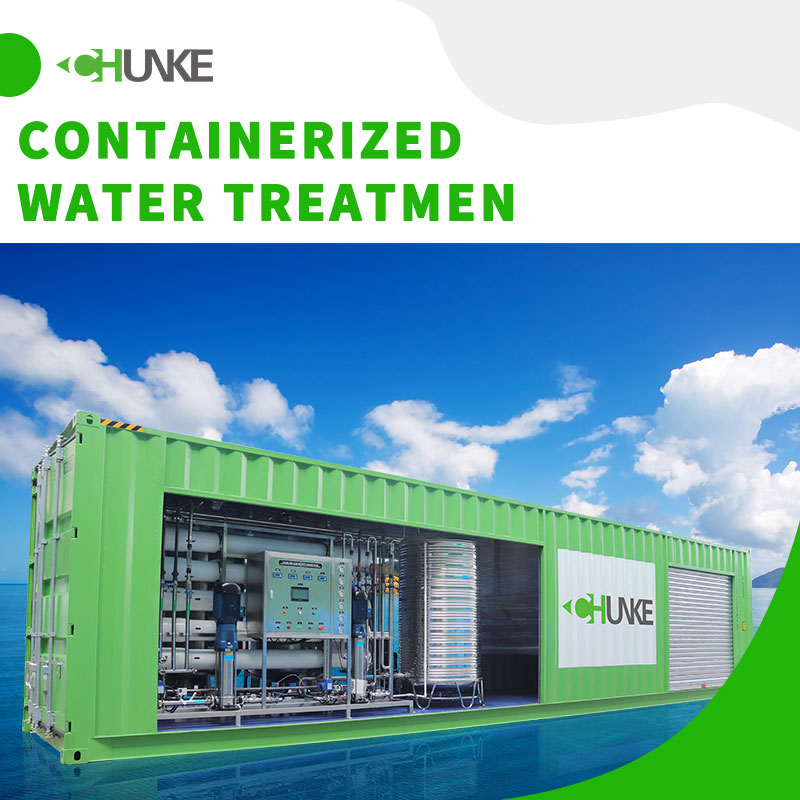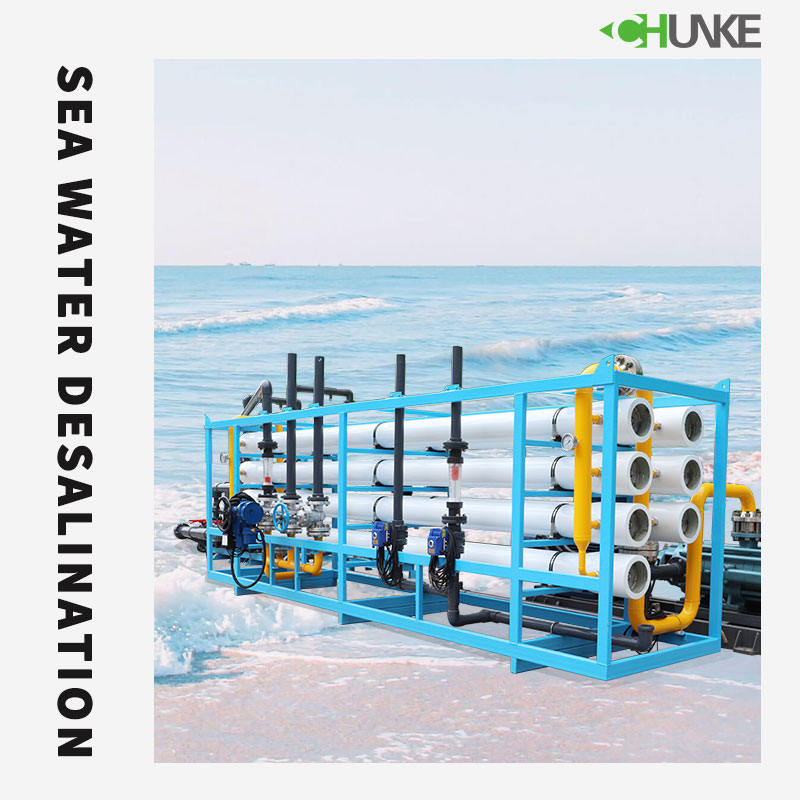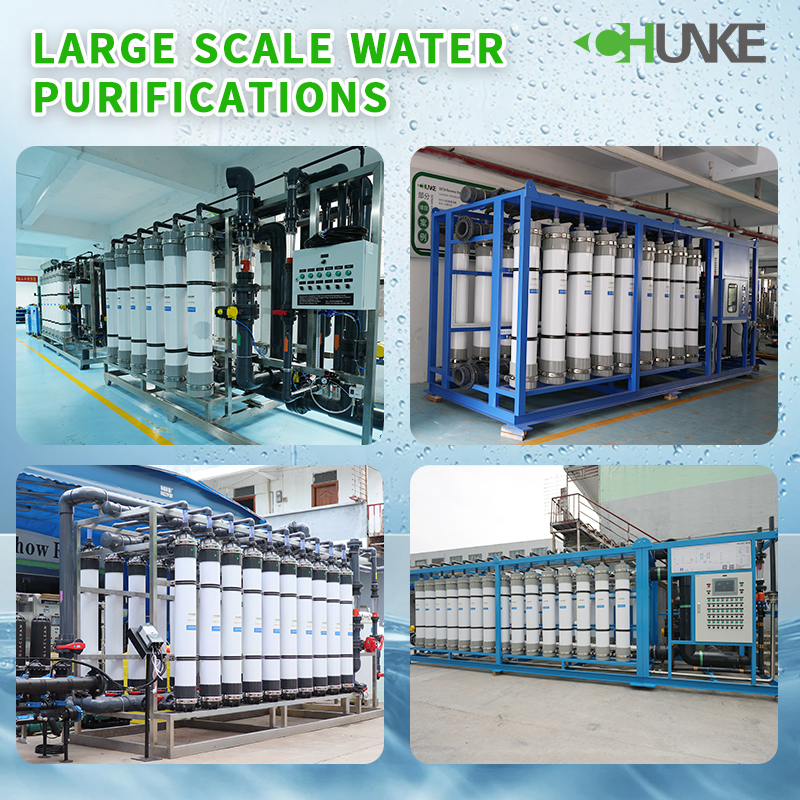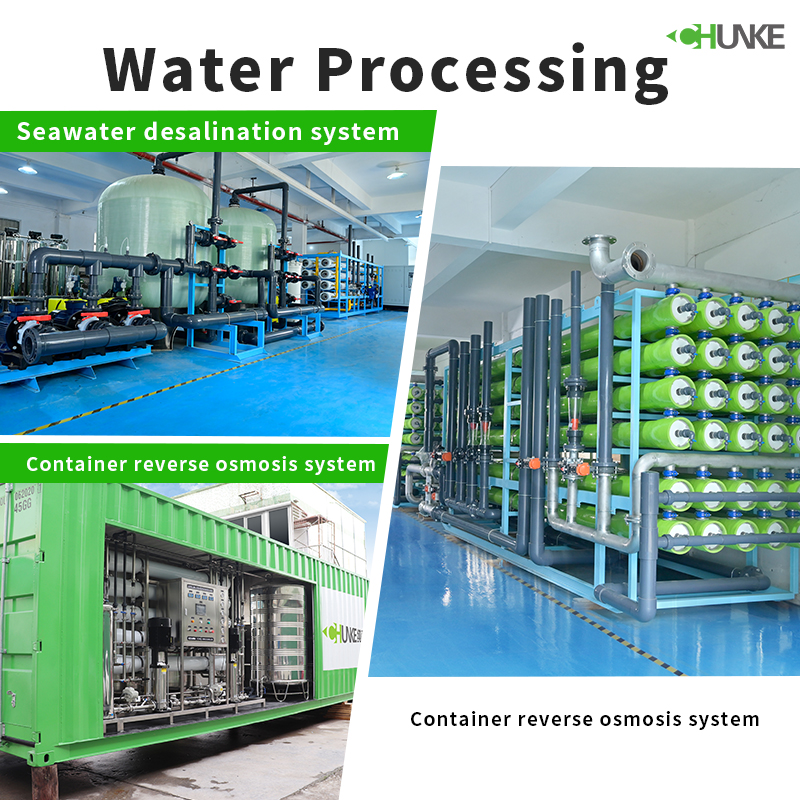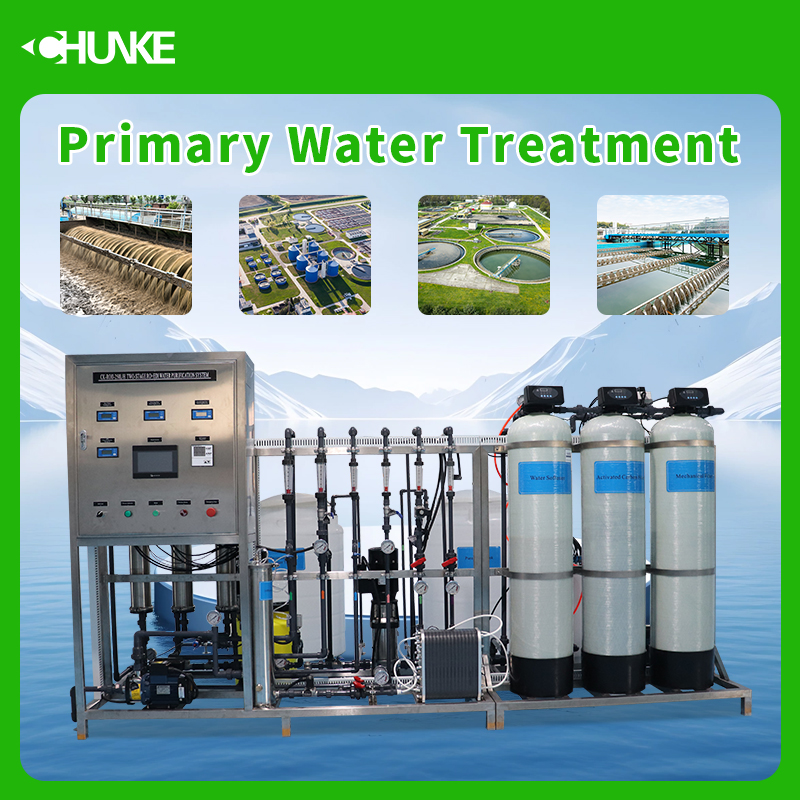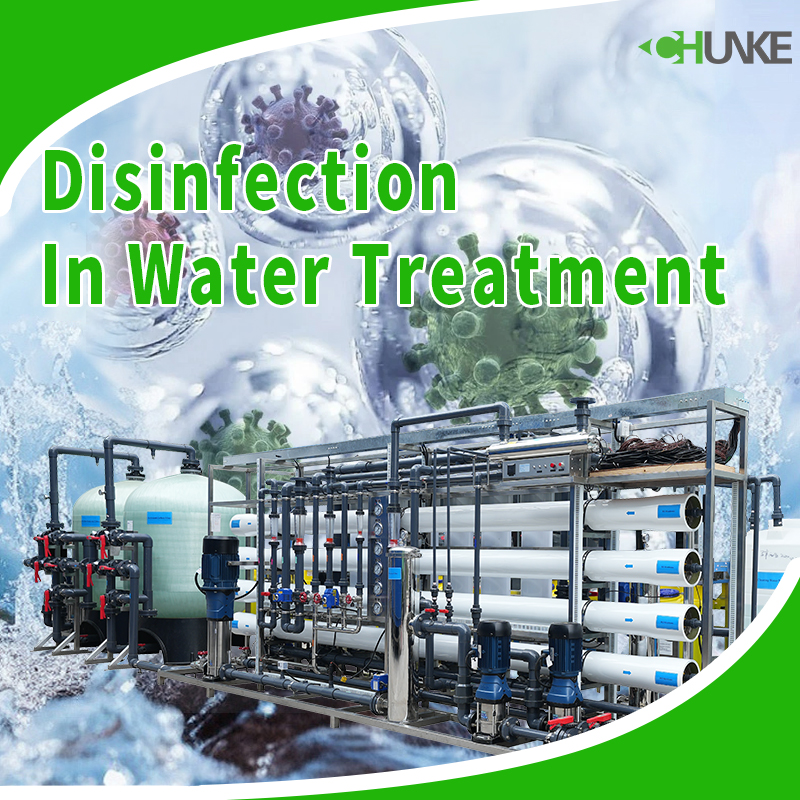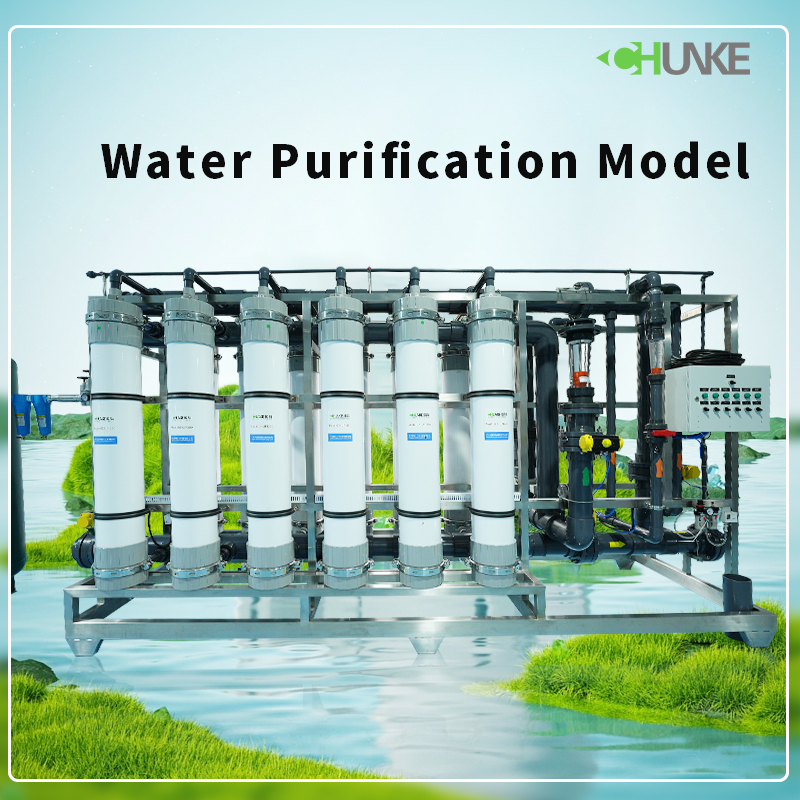-
05-22 2024
What is the Difference Between Commercial and Industrial Water Filters?
Differences between commercial and industrial water filters: Commercial water filtration systems are commonly used in medical facilities, laboratories, hotels, manufacturing plants, schools, restaurants and other institutions that require large amounts of water. Industrial filters are often used for water treatment in industrial processes, such as manufacturing, chemical plants, mining and power plants.
-
05-22 2024
What Does Reverse Osmosis Machine Do?
The main function of the reverse osmosis machine is to remove impurities, dissolved solids, bacteria, viruses and other harmful substances in the water through a semipermeable membrane. This makes reverse osmosis systems a reliable drinking water purification technology. Through the pre-filter, large particles and sediments in the water are removed to prepare for the subsequent reverse osmosis process.
-
05-21 2024
What is Containerized / Mobile Water Treatment Equipment?
A containerized/mobile water treatment plant is a portable water treatment system that is usually mounted on a container or trailer. It can be rapidly deployed wherever potable water is needed, such as disaster sites, rural areas or military bases. Its strength lies in its flexibility and portability. It can be transported by road, rail or air to where water is needed for quick installation and start-up.
-
05-21 2024
What Is the Biggest Problem With Desalination?
One of the main issues with seawater desalination is the high energy demand, and carbon emissions from the energy production process can have a negative impact on the environment. Concentrated brine by-products from the desalination process are also a major concern, and these chemicals can pose a potential threat to human health if not handled properly.
-
05-20 2024
What is Large Scale Water Purification?
Large scale water purification is a technology that converts large amounts of contaminated water into clean, safe drinking water or water resources for other purposes through a series of treatment processes. This process usually involves 3 steps including sedimentation, filtration and sterilization.
-
05-20 2024
How to Carry Out Solar Desalination?
Solar seawater desalination usually uses solar evaporation devices to heat seawater until it evaporates, and then collects fresh water through condensation. In this way, drinking water can be produced at low cost and with low energy consumption. In addition, the solar desalination device can be adjusted according to actual needs and is suitable for small-scale and large-scale production.
-
05-17 2024
What are the different types of water processing?
5 common types of water processing: 1. Mechanical filtration 2. Chemical treatment 3. Biological treatment 4. Membrane separation 5. Advanced oxidation treatment
-
05-17 2024
What is a primary water treatment system?
The primary water treatment system is the first process in the water treatment process. Its purpose is to remove large particle impurities and pollutants in the water, providing a good foundation for subsequent treatment processes. 5 main processes: 1. Screen filtration 2. Sedimentation tank 3. Adding flocculant 4. Filter 5. Adjust pH
-
05-16 2024
How many steps does disinfection in water treatment have?
5 key steps for disinfection in water treatment: 1. Preprocessing 2. Adding disinfectant 3. Reaction and contact time 4. Residual disinfection 5. Testing and Monitoring
-
05-16 2024
What is a water purification model?
Water purification model refers to a system or process for purifying water sources, aiming to remove pollutants, impurities and harmful substances in water to provide clean and safe drinking water or industrial water. These models usually consist of multiple treatment units, each with specific functions to ensure water purification and compliance with relevant standards.





